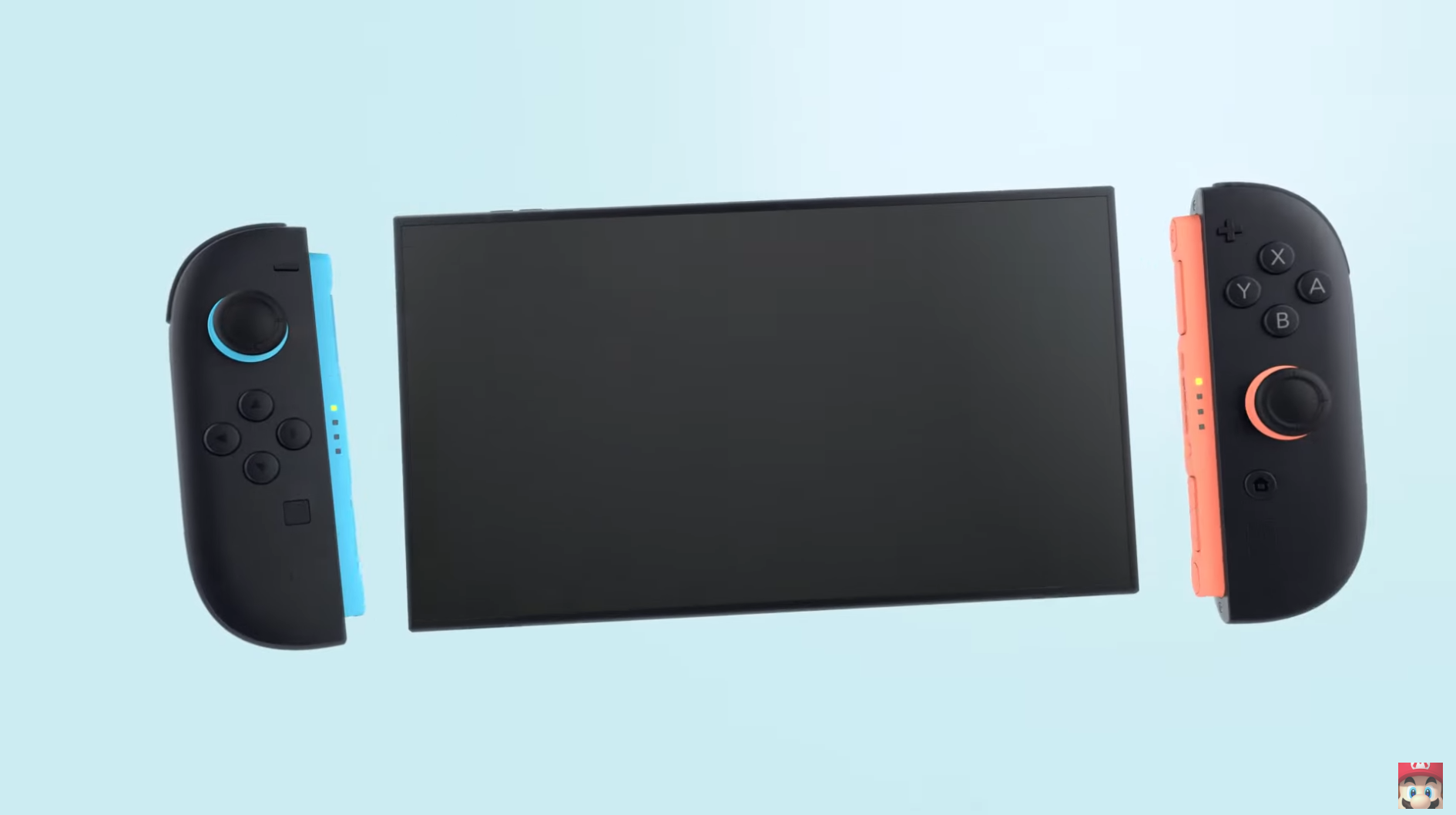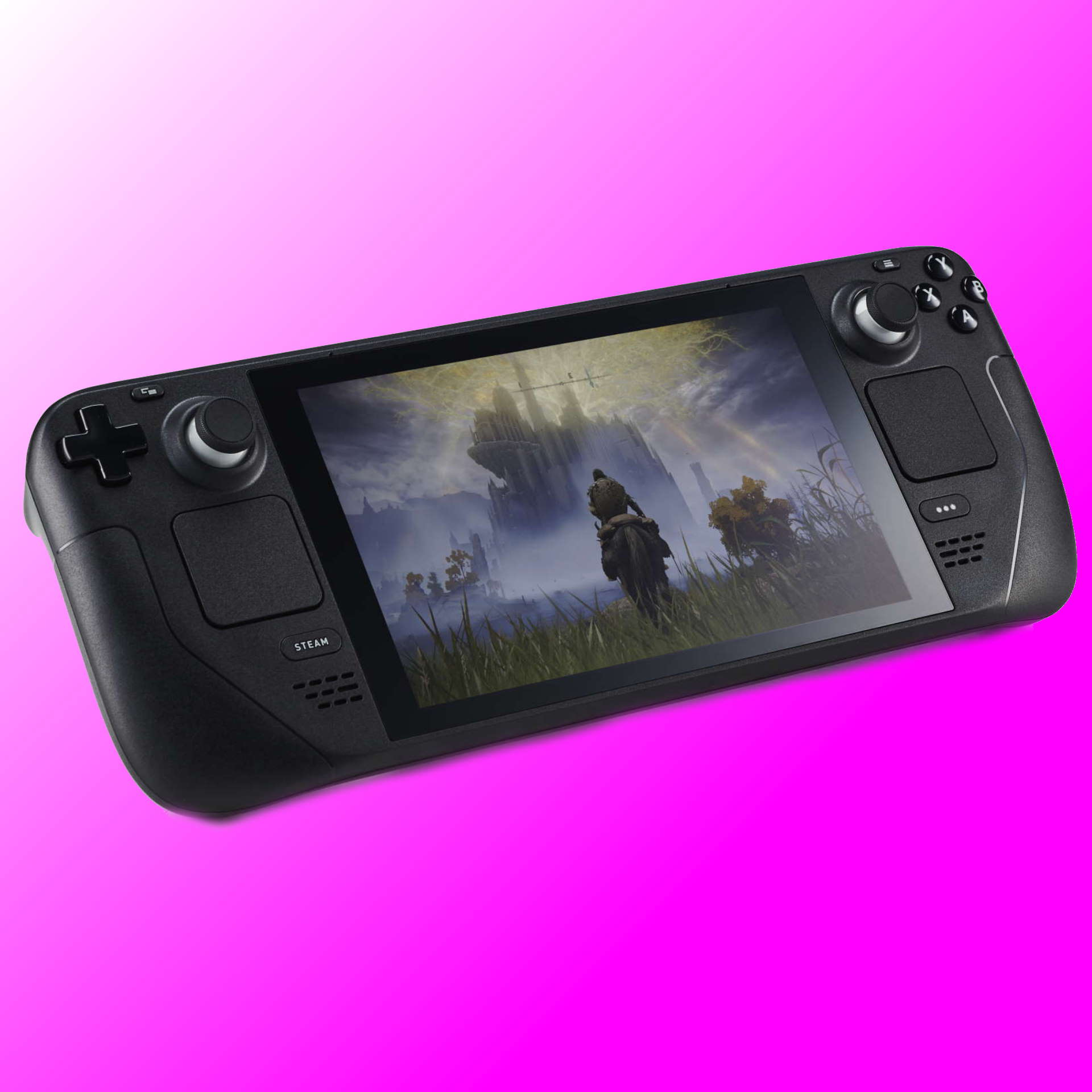
But is that upscaling compared to native rendering like the whole RTX 5070 versus RTX 4090 marketing nonsense?
Nvidia has published a blog post bigging up the performance and technical prowess of a new ‘custom’ processor in the Nintendo Switch 2. Nvidia says the new chip—which has not been named—offers 10 times the performance of the Nvidia chip in the original Switch, though that claim is entirely non-specific.
Notably, Nvidia isn’t providing any details about how that performance comparison is made. What’s more, Nvidia has also said the new chip enables DLSS upscaling powered by an AI algorithm. Therefore, going on past Nvidia marketing, specifically the claim that the new RTX 5070 desktop GPU provides comparable performance to the old RTX 4090, Nvidia may be comparing the new chip running with upscaling to the old chip rendering natively.
Nvidia says the new processors benefits from, “1,000 engineer-years of effort across every element,” and features, “an NVIDIA GPU with dedicated RT Cores and Tensor Cores for stunning visuals and AI-driven enhancements.”
However, there’s no indication of what generation of Nvidia GPU architecture the new chip is based on, nor any details about its CPU cores. Nvidia has confirmed the chip has both RT cores and tensor cores, which at minimum puts it level with the RTX 20-series, otherwise known as Turing, in terms of features.
There have, of course, been another three Nvidia architectures which meet that definition, the RTX 30-series or Ampere, the RTX 40-series also codenamed Lovelace, and the very latest Blackwell tech in the RTX 50-series.
It’s entirely unclear from Nvidia’s blog post which architecture we are dealing with here. It’s not totally impossible, though probably unlikely, that it’s a custom GPU generation that doesn’t map neatly to any PC graphics technology.
However, previous rumours have suggested the chip is based on an Ampere GPU with 1,536 CUDA cores, so that remains the most likely specification, for now. The original Switch made do with just 256 Maxwell-era CUDA cores and neither RT or Tensor cores.
So, even if the new console doesn’t have fully 10 times the pure rendering performance, it will be much, much faster in any case. Whatever, arguably one of the most interesting unanswered questions is whether the new chip will use the latest and much improved transformer model for DLSS 4 upscaling.
That is more computationally intensive than the previous CNN model used for previous generations of DLSS upscaling. This new chip is certainly less powerful than most or perhaps any desktop GPU that’s compatible with running DLSS 4. So, does the new Switch 2 processor have the performance to run the transformer model? We’ll find out… eventually!
Best handheld gaming PC: What’s the best travel buddy?
Steam Deck OLED review: Our verdict on Valve’s handheld.
Best Steam Deck accessories: Get decked out.







